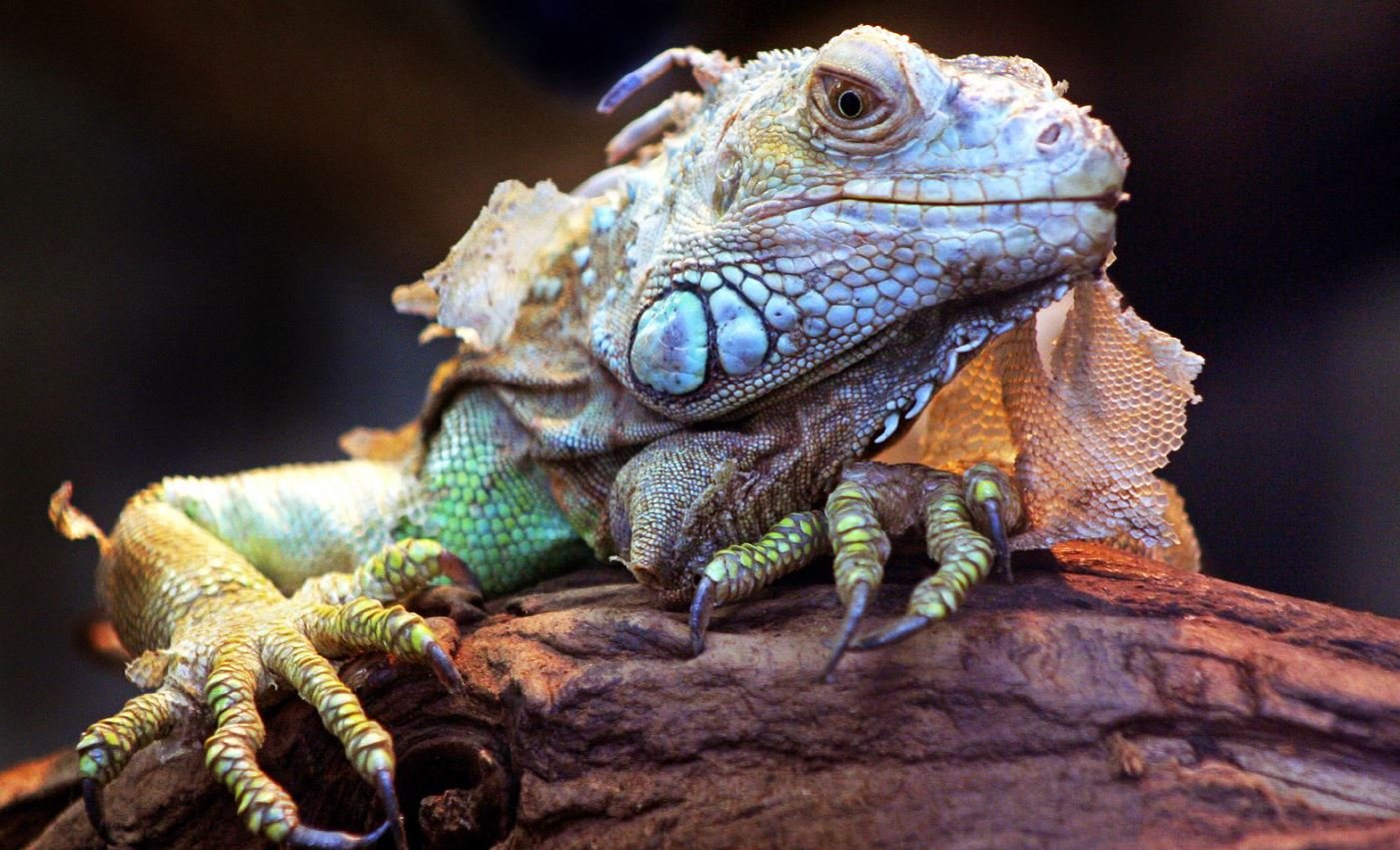
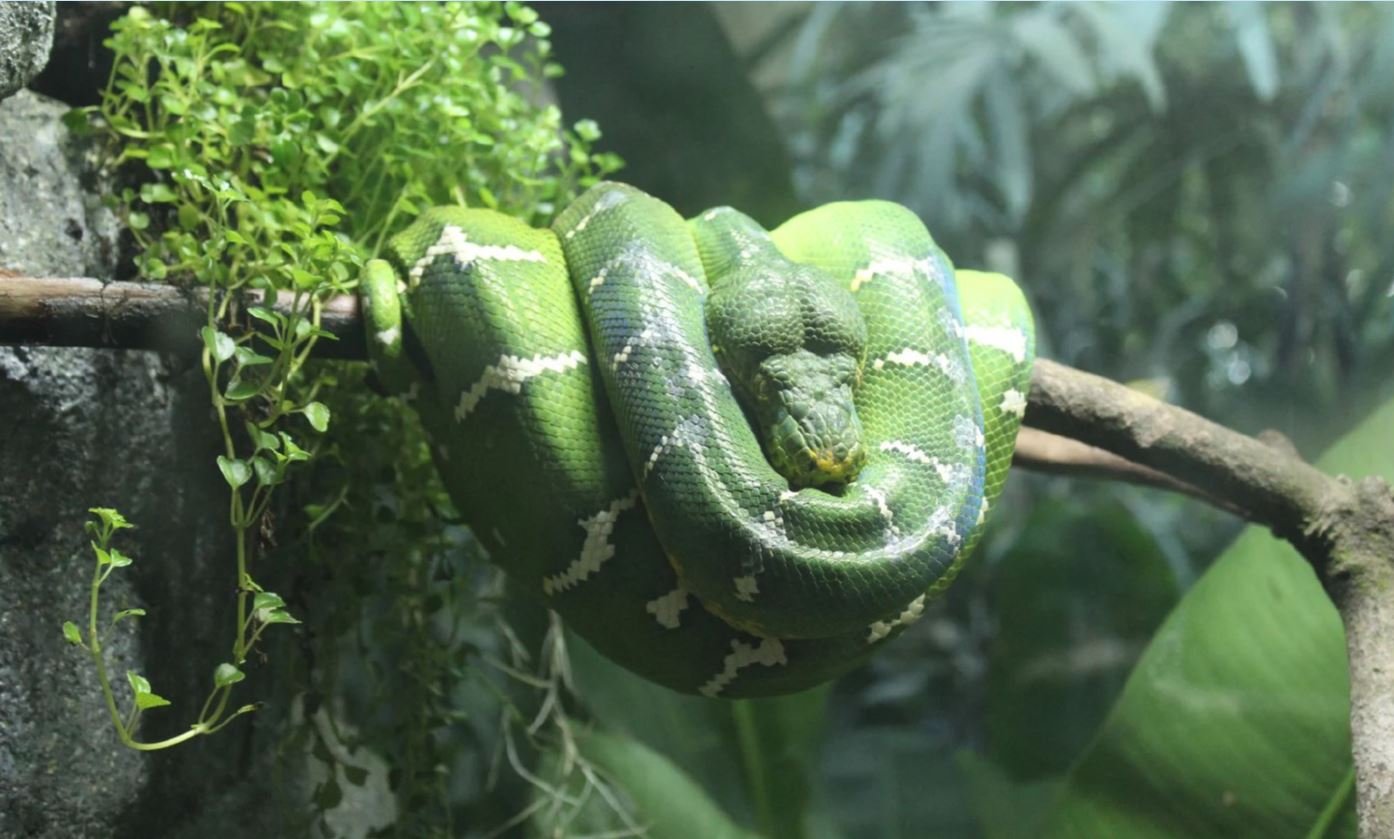
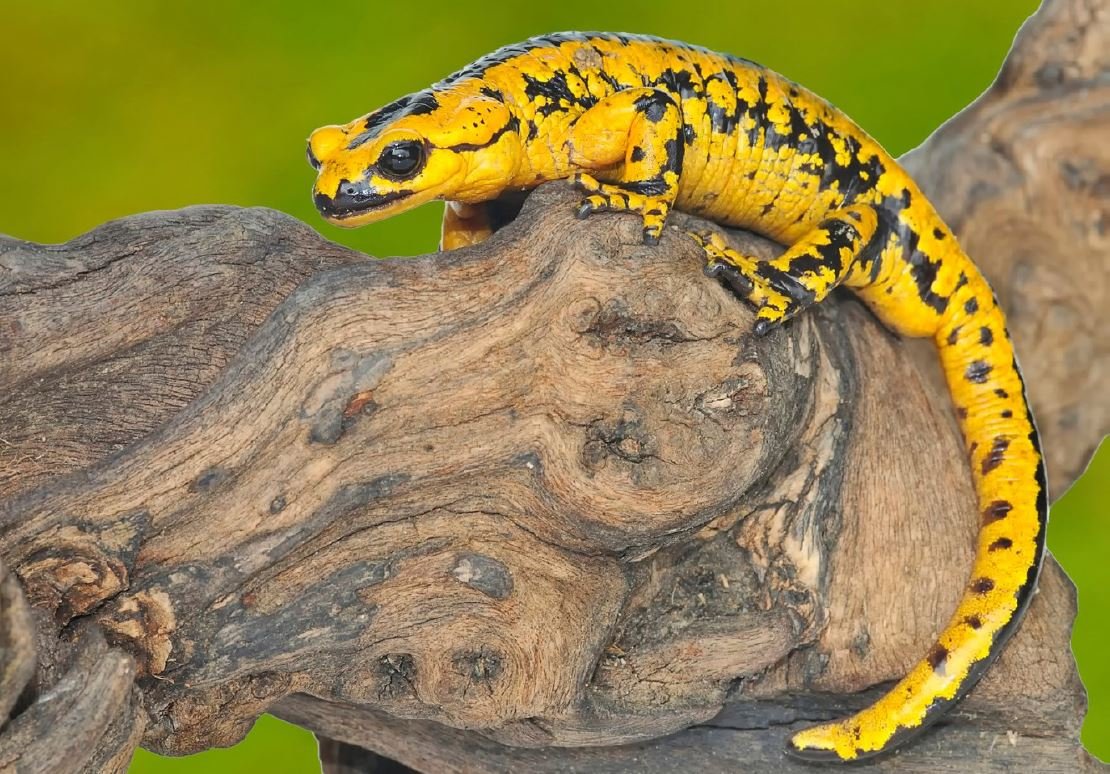
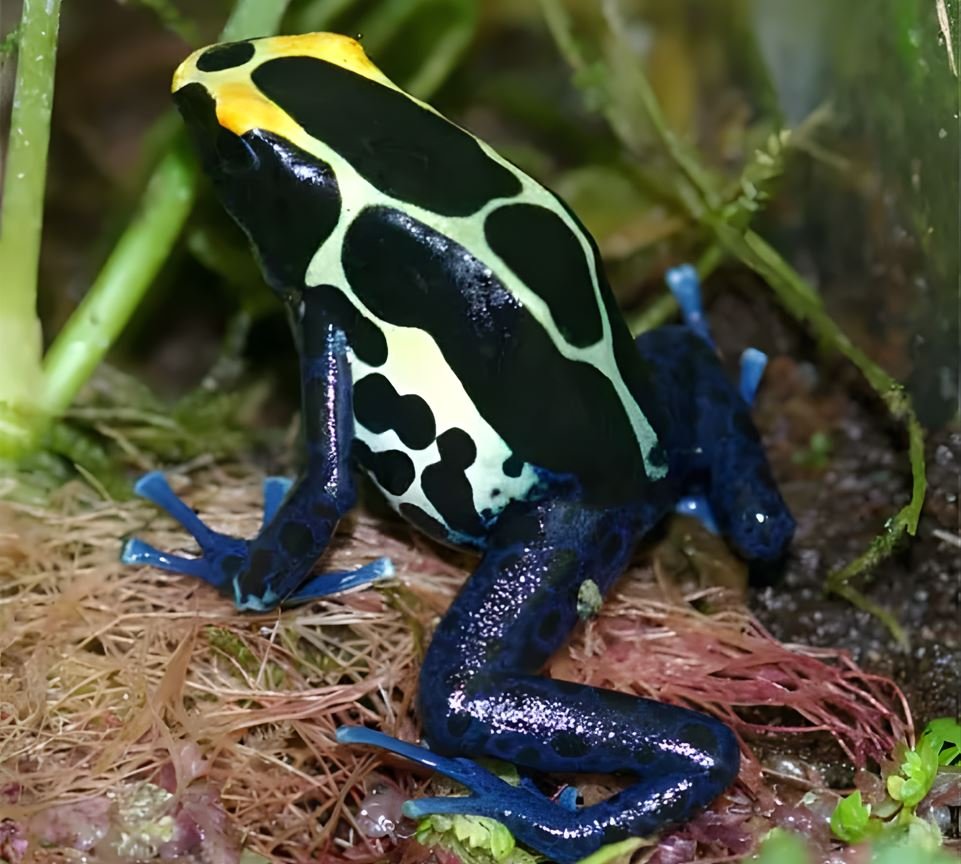

Are you a reptile and amphibian lover? Then Peru should be on your list of must-see destinations. This country not only stands out for its natural majesty, but it is also home to one of the greatest diversity of herpetofauna in Peru. From vibrantly colored poison dart frogs that inhabit the Amazon rainforests, to mighty black caimans that swim through its deepest rivers, Peru invites you to explore its fascinating herpetofauna. Dare to discover a unique ecosystem full of surprises that only this corner of the planet can offer!
What is a herpetofauna tour?
A herpetofauna tour is a one-of-a-kind experience that allows you to encounter these incredible creatures up close in their natural habitat. Accompanied by expert guides, you’ll explore the most remote corners of the Peruvian jungle, cloud forests, and coastal ecosystems in search of the diverse species that make up Peru’s herpetofauna: colorful frogs, fascinating lizards, exotic snakes, and much more. It’s an unforgettable adventure for true reptile and amphibian enthusiasts!
Why choose a herpetofauna tour in Peru?
Because Peru is home to an astonishing diversity of herpetofauna, including unique species of reptiles and amphibians. A tour will take you to discover these fascinating animals in their natural habitats, guided by local experts.
- Species diversity: Peru is one of the countries with the highest diversity of reptiles and amphibians in the world. You’ll get to see endemic species found nowhere else!
- Expert guides: Our guides are herpetology specialists who will provide all the necessary information to identify and understand these animals.
- Conservation: By joining a herpetofauna tour, you contribute to the conservation of these ecosystems and the protection of endangered species.
- Unique experience: You’ll enjoy an unforgettable adventure in direct contact with nature.
What can you expect from a herpetofauna tour?
An immersive experience into Peru’s herpetofauna diversity, where you’ll discover unique species of reptiles and amphibians in their natural habitats, guided by experts who will teach you about these fascinating ecosystems.
- Species observation: Identify and learn about the characteristics of various species of frogs, lizards, snakes, and other reptiles.
- Photography: Capture stunning images of these fascinating animals in their natural surroundings.
- Learning: Our guides will explain the biology, ecology, and behavior of the herpetofauna.
- Adventure: Explore remote locations and revel in the beauty of Peru’s wilderness.
Ideal destinations for a herpetofauna tour in Peru:
Explore Peru’s diverse ecosystems, home to a rich variety of herpetofauna, from the Amazon jungles to cloud forests and coastal areas where unique reptiles and amphibians thrive.
- Amazon: The Peruvian Amazon rainforest is home to a vast array of species, such as the green anaconda, black caiman, and several species of poisonous frogs.
- Cloud forests: The Andean cloud forests of Peru host a wide variety of amphibians, including the famous glass frogs.
- Peruvian coast: Despite its aridity, the Peruvian coast is home to unique species adapted to this environment, such as geckos and snakes.
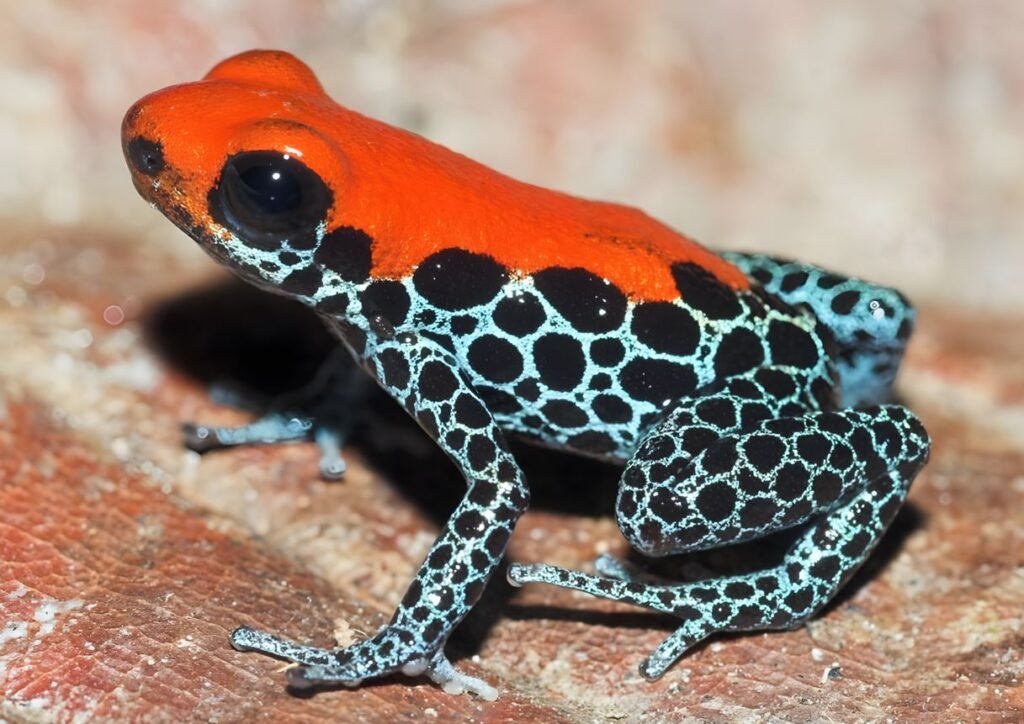
5-Day Itinerary in the Peruvian Amazon:
Embark on a 5-day adventure to explore the diversity of herpetofauna in the Peruvian Amazon. Discover unique reptiles and amphibians in their natural habitat, guided by experts in one of the world’s most biodiverse regions.
- Day 1: Arrival in Puerto Maldonado and transfer to a jungle lodge. After lunch, enjoy a night hike to observe frogs, insects, and other nocturnal animals.
- Day 2: Explore the lodge surroundings in search of reptiles like caimans, lizards, and snakes. In the afternoon, take a jungle walk to spot birds and mammals.
- Day 3: Navigate a river to observe aquatic wildlife, including caimans and turtles. At night, embark on another hike to search for amphibians.
- Day 4: Visit a clay lick, where animals gather to consume minerals. You’ll have the chance to observe species such as parrots, macaws, and mammals.
- Day 5: Return to Puerto Maldonado and transfer to the airport.
Other destinations and activities
In addition to the Amazon, other fascinating destinations for observing herpetofauna in Peru include the Andean cloud forests and the Peruvian coast. In these diverse ecosystems, you’ll find unique species of reptiles and amphibians adapted to various habitats. Every corner of Peru is a haven for herpetofauna diversity, offering unforgettable experiences.
Frequently Asked Questions
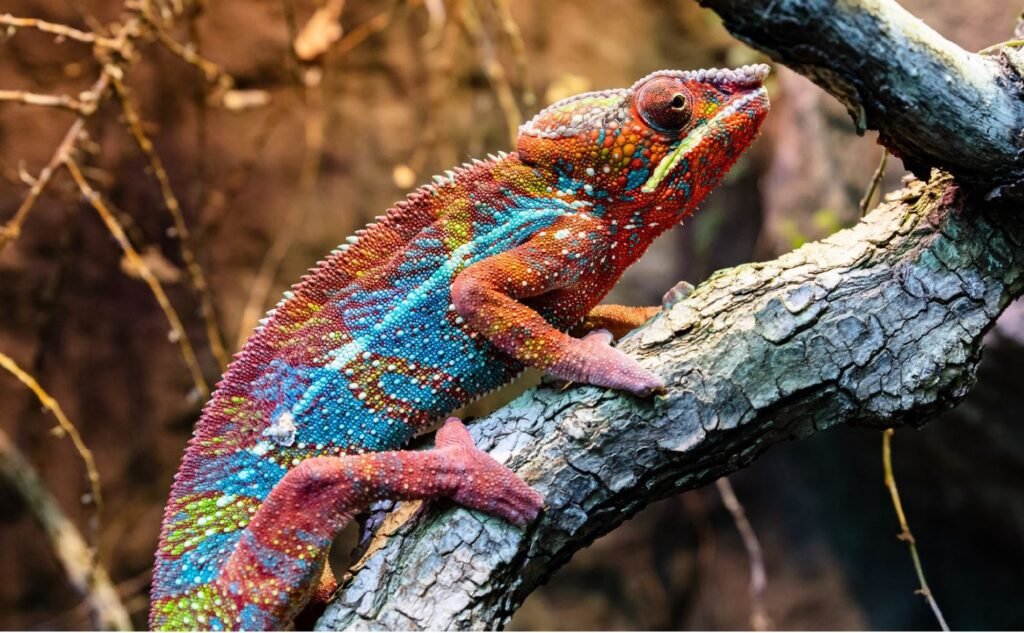
1. What experience level is required for a herpetofauna tour?
No prior experience is necessary. Our tours are suitable for beginners and herpetofauna enthusiasts alike.
2. What gear should I bring?
We recommend comfortable, lightweight clothing, trekking boots, insect repellent, a hat, sunscreen, binoculars, and a camera.
3. What’s the best time of year for a herpetofauna tour in Peru?
The dry season (May to October) is generally the best time for these tours, as the weather conditions are more favorable for wildlife observation.
4. What safety measures are in place during the tours?
Your safety is our top priority. Our guides are trained in first aid and are highly familiar with the areas we visit. You’ll also receive all necessary instructions to ensure a safe experience.
How can I book a herpetofauna tour?
You can book directly through our website or contact us via email or WhatsApp: +51 984 851 385.

Do you want to live this adventure to see the Diversity of Herpetofauna in Peru?
Lorenzo Expeditions invites you to discover the amazing diversity of Peruvian herpetofauna. Our guided tours will take you to the most remote corners of the jungle, the cloud forests and the coast, so you can appreciate up close the beauty and fragility of these ecosystems. Join us on this exciting expedition and contribute to the conservation of nature!




